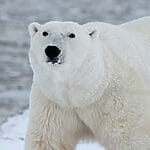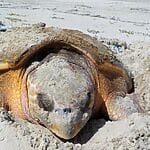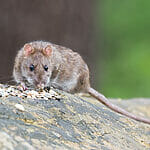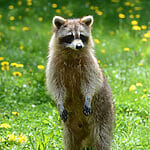Canada is one of the largest countries in the world so it’s no surprise that it is home to a wide variety of wildlife. Whether it’s mammals, birds, or oceanic life, Canada has hundreds of diverse animals living within its borders.

Many of the animals that live in Canada are iconic and closely associated with the country. You’re sure to recognize many of these animals but how much do you know about the animals that live in Canada?
In this article, we will look at 10 of the most well-known and iconic animals that live in Canada.
1. Atlantic Puffin
These birds are found in great numbers in Newfoundland and they are the only puffin that you will find in the Atlantic Ocean.
They have very colorful beaks that aid them as they search for food in the cold waters. Atlantic puffins can dive down up to 60 meters to try and find the small forage fish that make up their diet.
Puffins are not just excellent divers but they’re also excellent swimmers and they spend most of their time at sea.
This changes during the spring and summer when they will come back to the coast so that they can breed.
2. Beaver
This is the largest rodent in North America and is commonly seen across Canada. Beavers are famous for their sharp incisors that allow them to gnaw through tree trunks and branches.
They’ve very industrious animals and work hard to dam and maintain freshwater rivers. This is very important for the ecosystem.
Beavers are herbivores as they only eat plants and other vegetation. This is mainly aquatic plants and grasses as well as the bark, twigs, and leaves of the trees.
3. Bison
Bison are one of the oldest animals on Earth as they date back to the Ice Age. They are huge animals and are the largest mammals in North America.
Male bison can reach weights of up to 2,000 pounds and heights of six feet. Despite this, they can reach running speeds of 35 miles per hour and are very strong swimmers.
Unfortunately, their numbers dwindled rapidly in the 1800s but the species has made a recovery. There are now estimated to be nearly 500,000 left in the world.
4. Canadian Goose
There are seven different species of Canadian goose that have been recognized and identified. They are the largest type of goose in the world and some can even weigh as much as 20 pounds.
They can be distinguished from other types of geese by their black heads and white chins.
Canadian geese are family-oriented animals and they keep strong family bonds throughout their lives. They will often return to their natal nests when they need to rest, regardless of their age.
5. Caribou
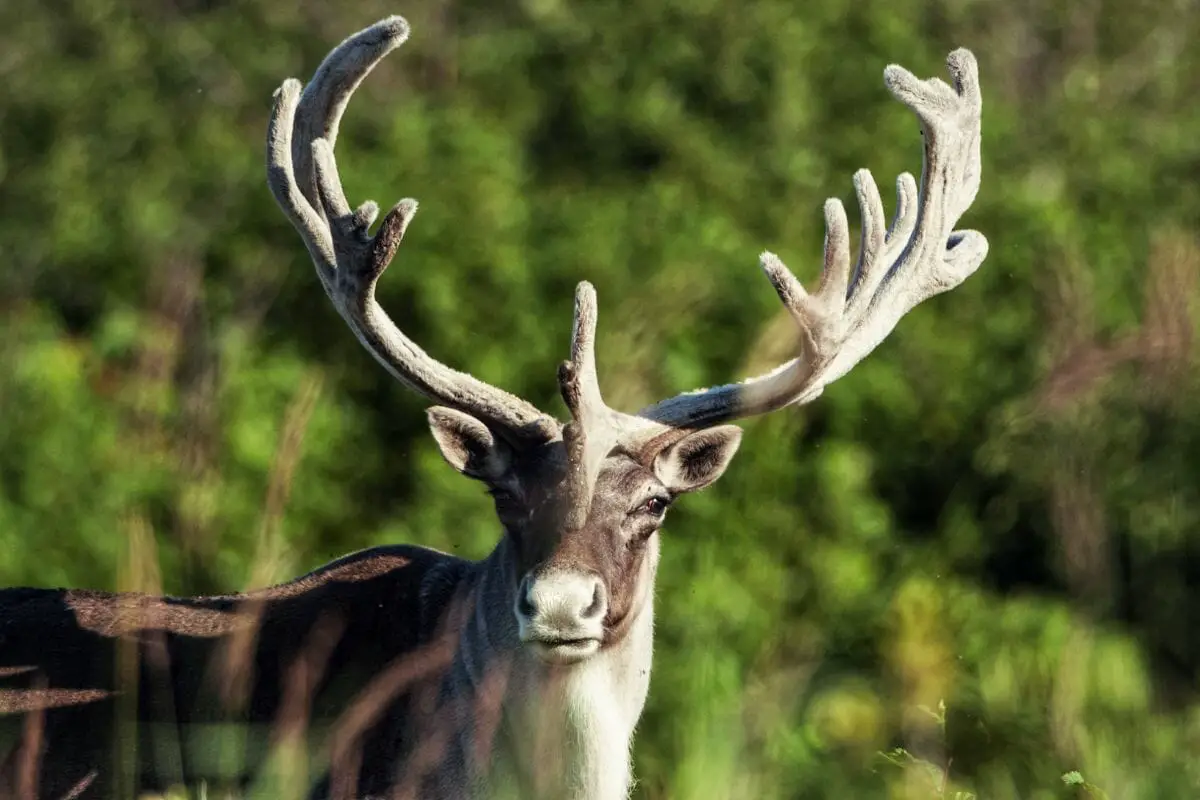
These magnificent animals can be found around Canada’s mountain regions, as well as the Arctic and the southern boreal forests.
Caribou are so recognizable as being Canadian animals that they’re even included on the 25-cent coin!
Unfortunately, caribou are at risk as their numbers have greatly decreased. They’re the only breed of deer where both the males and females can have antlers, although not every female will.
6. Grizzly Bear
Also known just as grizzly or as the North American brown bear, half of the Canadian population of grizzly bears are found in British Columbia.
They can also be found in Alberta and the three territories and there are roughly 25,000 in the country in total.
Adult males can weigh up to 800 pounds and they’re typically solitary animals. They hibernate through the winter and are considered top-of-the-food-chain predators.
They largely eat vegetation such as fruit, leaves, and berries, but can eat other animals such as rodents.
7. Moose
Moose are the largest type of deer and they grow to a massive 7 feet at the shoulder and weigh around 800 to 1500 pounds.
They’re famous for their huge antlers and it’s possible for these to stretch over 5 feet in width.
They’re found throughout Canada’s wetlands and boreal forests and can travel over almost any terrain.
They’re also strong swimmers and can dive several feet to reach plants at the bottom of lakes.
8. Polar Bear
You may not immediately associate polar bears with Canada, but two-thirds of the world’s polar bears actually live within Canadian territory.
These large bears are characterized by their thick, white pelts and male polar bears can grow up to nearly 10 feet tall.
They’re amazing swimmers and they spend most of their lives in and around water. They hunt from sea ice, but climate change is forcing them to move more inland as the ice continues to melt.
9. Walrus
You can find populations of walruses in Canadian territory in the High Arctic and Central-Low Arctic regions.
Both males and females can grow tusks and these can be up to three feet in length. Male walruses can grow up to 12 feet long and weigh up to 3,500 pounds.
Walruses use their ivory tusks to break the sea ice so that they can get out of the water when they need to. They have long and impressive whiskers and a thick and tough skin that keeps them protected.
10. Whales
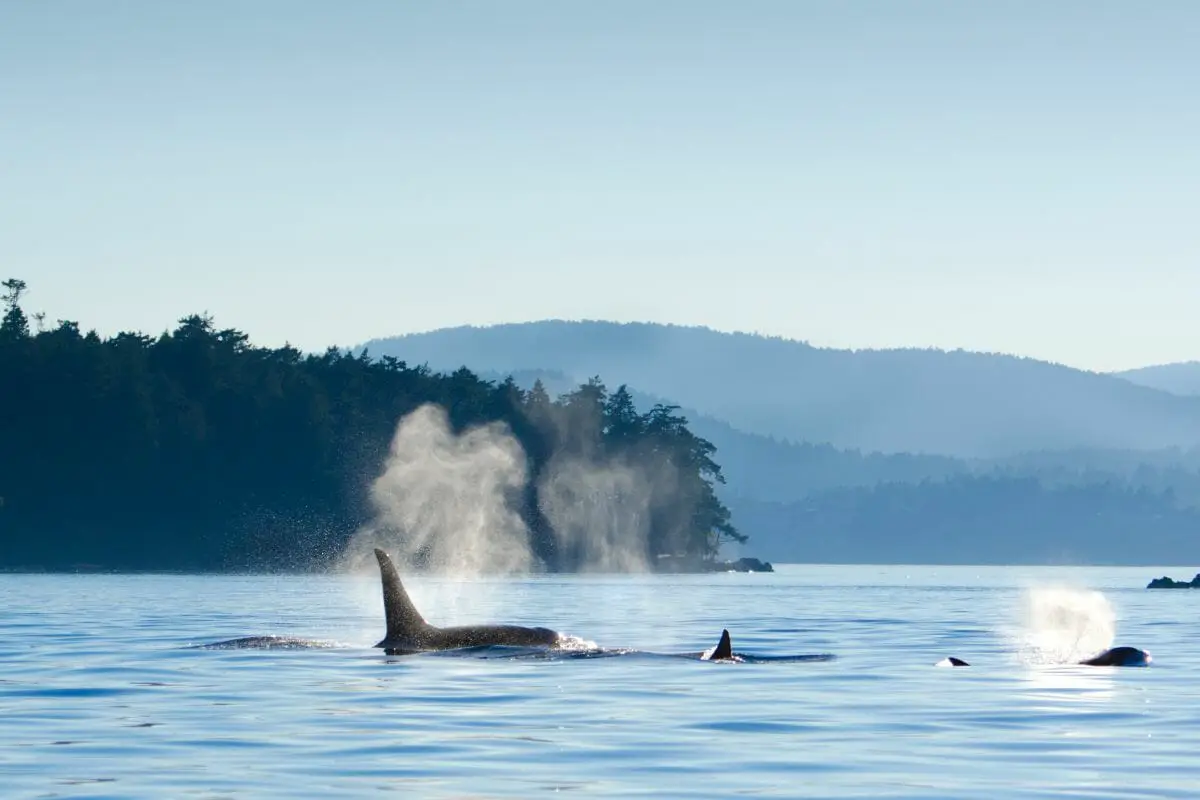
The waters around Canada are home to several different species of whales. You can see humpbacks, blue whales, and even killer whales around Canada.
Some of the most recognizable whales around Canada are the bright white beluga whales as two-thirds of the world’s belugas live within Canadian waters.
You can also try to see some of the 20,000 gray whales that spend their summer near British Columbia, too!
Final Thoughts
In this article, we listed some animals that live in Canada. We chose 10 of the most iconic animals that are most closely related to the country. Together, they show how much variety there is in the animals found in Canada.
We hope that you enjoyed this article about animals found in Canada!


